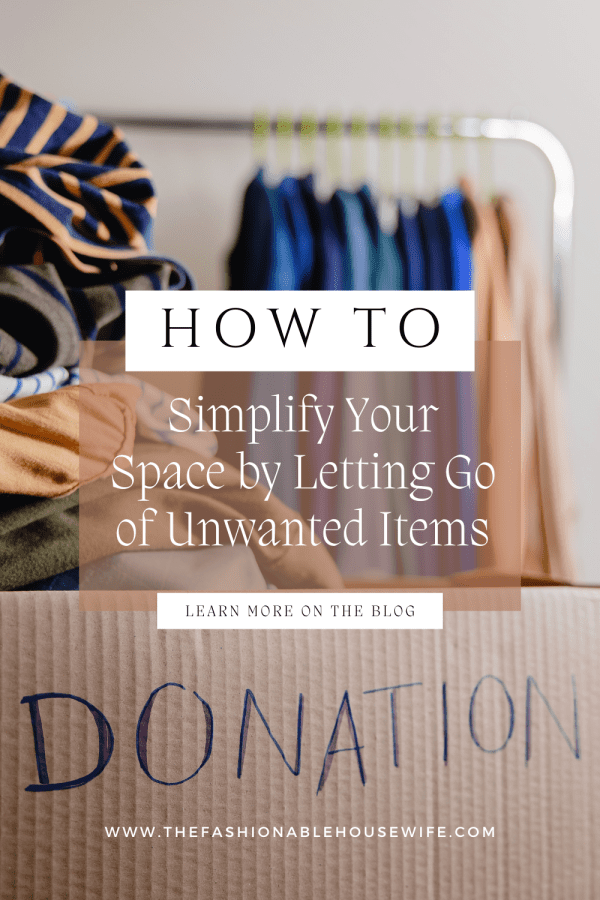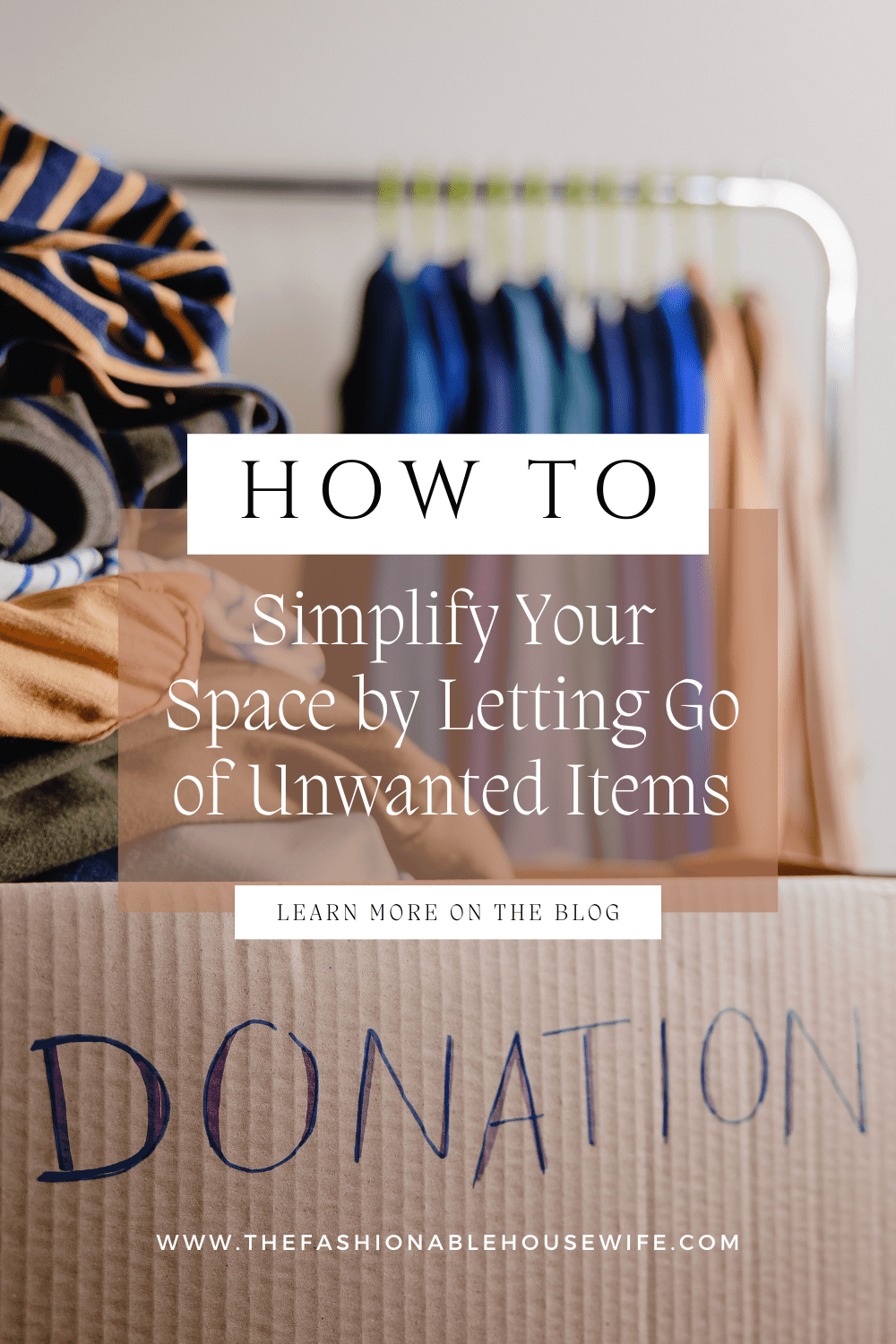How to Simplify Your Space by Letting Go of Unwanted Items

Key Takeaways
- Implementing structured decluttering methods can simplify the process and make it less overwhelming.
- Adopting sustainable practices ensures environmental responsibility and helps others in need.
- Overcoming emotional attachments is crucial for effective, guilt-free decluttering.
- Maintaining a clutter-free space requires consistent and intentional habits.
Table of Contents
- Effective Decluttering Methods
- Sustainable Decluttering Practices
- Overcoming Emotional Attachments
- Maintaining a Clutter-Free Space
- Final Thoughts
Creating a simplified living environment often begins with the conscious decision to relinquish items that no longer serve a purpose. Over time, clutter can build up, making spaces crowded and overwhelming. Simplifying your surroundings doesn’t just improve the look of your home—it also reduces stress and creates room for the things that truly matter. Whether it’s unused furniture, outdated decor, or clothes that no longer fit your lifestyle, letting go opens the door to a more functional and peaceful environment.
Decluttering can feel daunting, especially when larger items are involved. That’s why many people turn to practical solutions such as hauling junk in Chicago or similar services in their local area. Having a reliable way to clear out bulkier possessions makes the process more manageable, allowing you to prioritize and redefine your space without the stress of figuring out disposal on your own.
Effective Decluttering Methods
Adopting a systematic approach can make the decluttering process manageable instead of overwhelming. It’s easy to feel daunted when facing overflowing closets or crowded countertops, but by taking it step by step, you’ll maintain momentum and see real progress. Decluttering isn’t just about discarding objects; it’s about intentionally assessing the true value and purpose of each item in your life. Here are proven techniques to help you get started, each offering a unique framework to keep you motivated and organized:
- The KonMari Method: Marie Kondo’s popular method focuses on identifying items that “spark joy.” You pick up each item and decide if it brings happiness or serves an essential purpose. If not, thank it and let it go. This intuitive approach emphasizes your emotional connection to belongings, leading to a home filled only with what you truly love.
- The Four-Box Technique: This method involves sorting possessions into four categories: keep, donate, sell, or discard. As you go through each room or closet, place items into these categories, making decisions easier and allowing quick decluttering without second-guessing. It’s especially helpful for large projects like a full-house declutter, as it keeps you organized and prevents piles of undecided items.
- The 90/90 Rule: Popular among minimalists, this rule asks if you’ve used an item in the past 90 days or plan to in the next 90 days. If no, it’s probably unnecessary, and it’s time to let it go. This helps limit belongings to what supports your current lifestyle, reducing clutter and making tracking easier.
Sustainable Decluttering Practices
Pass unwanted clothes, books, toys, and household items to local charities, thrift stores, shelters, or community groups, giving them a second life while supporting others. Many organizations even provide pickup services, making it simple to donate larger pieces. Use designated recycling centers or community drop-off events for electronics like old phones, computers, and batteries to ensure safe, eco-friendly disposal. To maintain long-term balance, adopt the “One In, One Out” rule—whenever a new item comes into your home, remove a similar one. This simple habit keeps your space clutter-free while fostering a more intentional lifestyle.
Overcoming Emotional Attachments
Letting go of sentimental items is tough but crucial for simplifying your space. We all have keepsakes like toys, letters, heirlooms, or travel mementos that hold emotional value. Recognizing these attachments is important, but you don’t have to let belongings control your environment. The following strategies can help you thoughtfully navigate your feelings and ease the transition toward a lighter, more intentional space:
- Create a “Maybe” Box: If you’re unsure about keeping certain items, put them in a “maybe” box out of sight and set a reminder to review it in a few months. If you haven’t missed or thought about them, you’ll likely be ready to let go. This helps you decide without pressure, especially for memorabilia.
- Digitize Memories: Sentimental items like old letters, photos, or your child’s artwork can be scanned or photographed and stored digitally, preserving memories and emotional connections without physical clutter. Digital albums, cloud storage, and photo books allow you to revisit these memories easily.
- Focus on the Present: Remember, your memories and bonds reside in your mind and relationships, not in objects. Letting go of things that no longer serve your life frees space—physically and emotionally—for new, meaningful experiences and objects for you and your family.
Maintaining a Clutter-Free Space
After the initial round of utilizing popular decluttering methods, ongoing maintenance is essential to enjoying the peace and order you’ve created. Without intentional habits, clutter can easily return—but with a few mindful routines, your living spaces can remain effortlessly organized and welcoming:
- Daily 10-Minute Tidy-Up: Spend 10 minutes daily picking up misplaced items and returning them, preventing clutter and avoiding weekend marathon cleaning.
- Designate Homes for Everything: Assign every item a specific spot, label storage spaces, and make tidying a shared effort to reduce lost items and confusion.
- Regularly Reassess Belongings: Each season, review your possessions, removing or donating what’s no longer needed or functional to keep your space adaptable as your needs change.
By embracing these decluttering techniques, sustainable habits, and emotionally intelligent strategies, you can create a calm, welcoming environment that nurtures your well-being and supports your best life. Taking ownership of your space is a powerful act of self-care that benefits beyond a tidy home.
Final Thoughts on Decluttering Methods
Decluttering isn’t just about clearing out physical items—it’s about creating a lifestyle that supports balance, clarity, and peace of mind. By combining structured methods, sustainable practices, and mindful decision-making, you can transform your home into a space that reflects your values and enhances daily living. The process may take time, but the reward is a more intentional and fulfilling environment.

